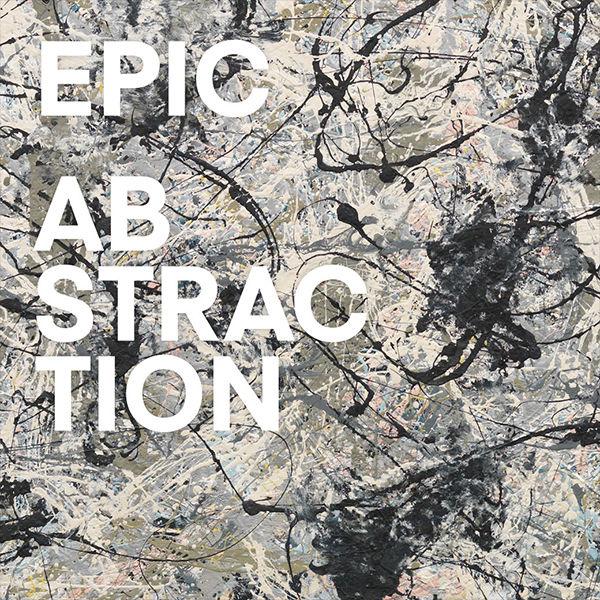Dutch Interior
Artwork Details
- Title:Dutch Interior
- Artist:Cy Twombly (American, Lexington, Virginia 1928–2011 Rome)
- Date:1962
- Medium:Wax crayon, lead pencil, oil on canvas
- Dimensions:8 ft. 9 1/8 in. × 9 ft. 10 7/8 in. × 1 3/16 in. (267 × 302 × 3 cm)
- Classification:Paintings
- Credit Line:Lent by the Cy Twombly Foundation
- Object Number:SL.23.2018.4.1
- Curatorial Department: Modern and Contemporary Art
Audio

2086. Cy Twombly, Dutch Interior
Gallery 921
RANDY GRIFFEY: One of the things about Cy Twombly’s Dutch Interior that impresses you is just the sheer scale of the work.
NARRATOR: Twombly made this shortly after moving into a spacious studio space in Rome near the Pantheon, which allowed him to work in this large format. The accumulation of seemingly disparate markings mimic the grit and graffiti on the centuries-old walls of the Eternal City. Curator Randy Griffey
RANDY GRIFFEY: Twombly is treating different parts of the canvas very differently with this wide range of squiggles and biomorphic forms. He has, like other artists, adopted and adapted Surrealist automatism. You even see the numbers one through ten scrawled in a vertical but irregular formation along left of center.
NARRATOR: Other markings reference the artist’s physical body, or even provide visible traces of his presence.
RANDY GRIFFEY: For instance, you see hand and fingerprints in the lower-left-hand corner in two instances. One in which he’s dragged his hand across the canvas. And another instance, not far away, where he seems to have stamped his at least partial handprint on the surface. In the upper-right-hand corner, a scrawl in red appears to resemble a hand. Twombly has numbered the fingers one-two-three-four-five, although there seems to be an extra one.
NARRATOR: The diversity of markings and styles—in pencil, wax crayon, and paint—suggest Twombly added them over an extended period of time. What’s more, the different styles and different mediums lend a schizophrenic feel, as if the artist were taking on a different persona each time he approached the canvas anew.
From the markings to the title, Twombly may have left us with a collection of clues.
RANDY GRIFFEY: Twombly provides information but ultimately seems a bit evasive and leaves it to the viewer to decipher what the meaning truly is.